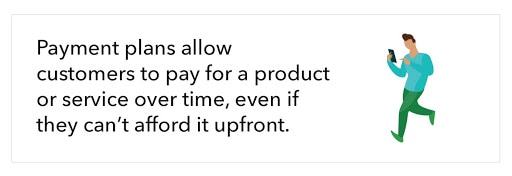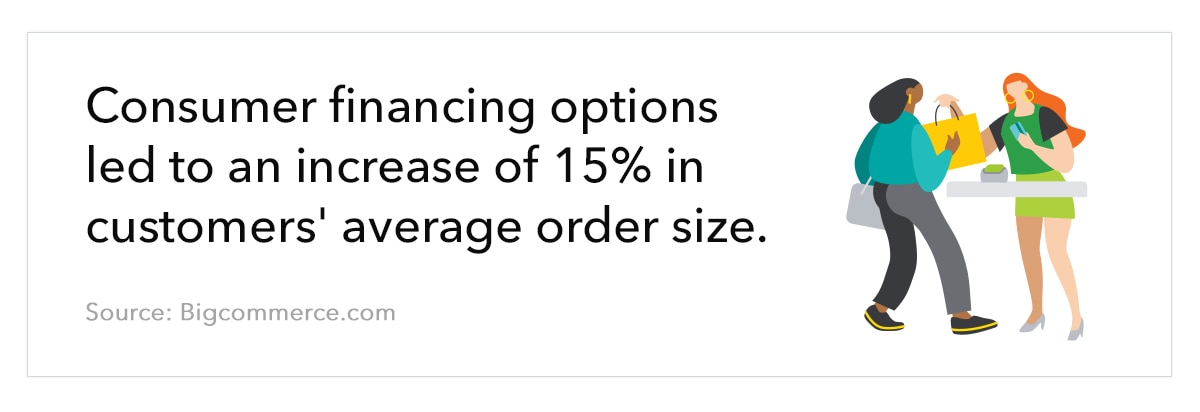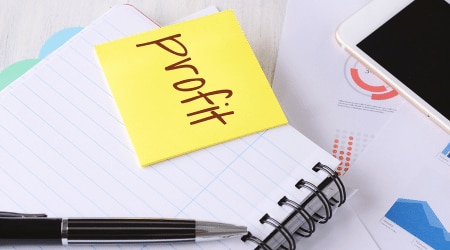Debit cards, credit cards, cash, money orders, checks, online payments, are all some of the payment options available to consumers today. However, as digital commerce continues to evolve, so do the available payment options and one that’s growing in popularity are payment plans.
Payment plans allow customers and cardholders to make partial payments over a set period of time until the full amount is paid. There are a number of benefits to payment plans, like allowing customers to pay for what they can afford at the time and improving your cash flow by accepting a partial payment upfront.
However, as a business owner, offering payment plans might sound risky, especially if a customer is unable to make payments on the plan. Which begs the question, should you accept partial payments and offer installment plans?
In this article, you will learn:
- What are payment plans or installment plans?
- Is a payment plan a loan?
- Why should a business accept partial payments? Benefits of using installment plans
- How do partial payments and installment payment plans work?
- Installment plan example
- Installment payment plan options for small businesses
- How to set up installment payment plans for your customers
- How to accept partial payments with QuickBooks



















